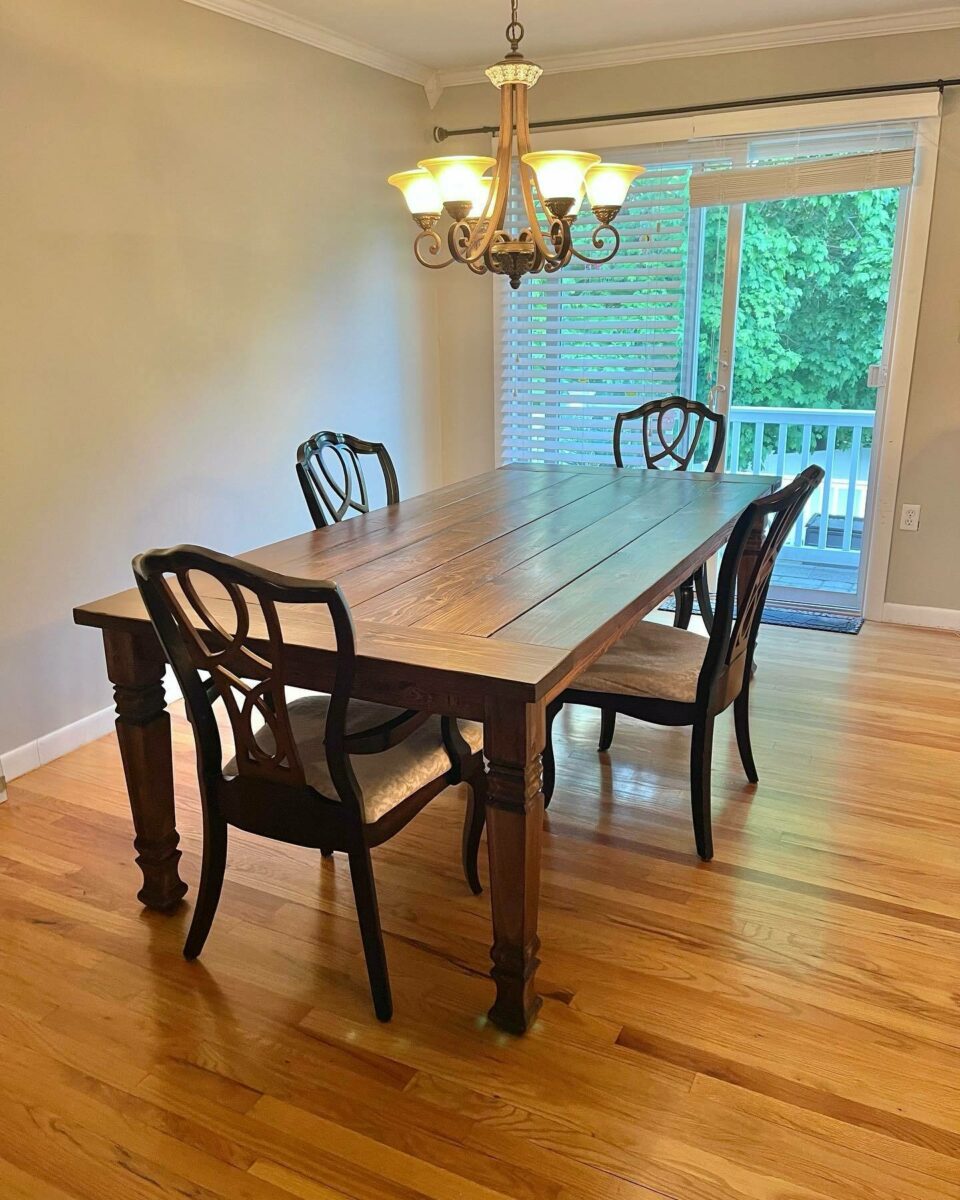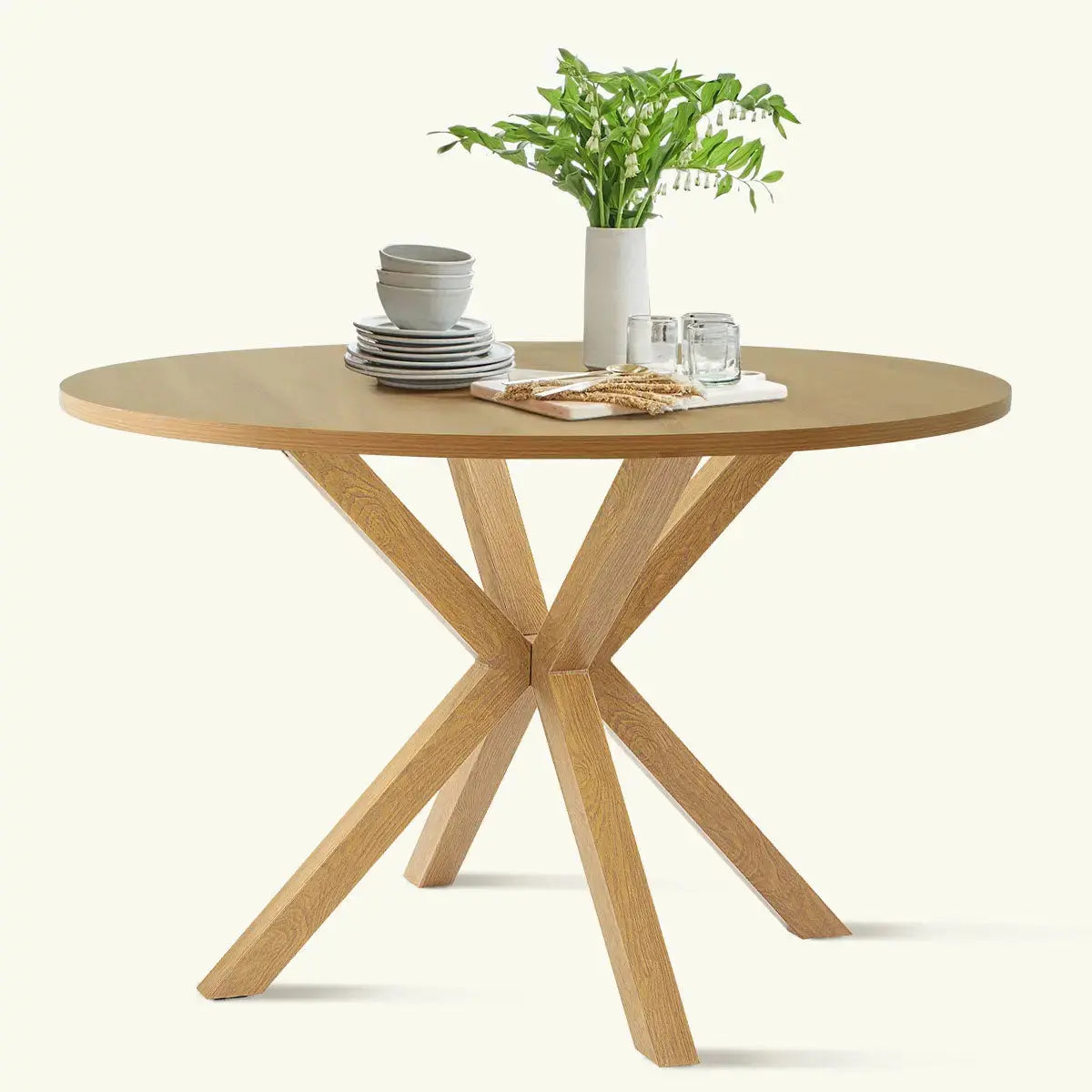The Top Trends in Dining Room Table Legs You Need to Know
The Top Trends in Dining Room Table Legs You Need to Know
Blog Article
From Typical to Modern: Find the Perfect Eating Space Table Legs for Your Style
While timeless styles such as cabriole and turned legs stimulate a sense of ageless sophistication, contemporary styles like barrette and geometric options present a possibility for striking visual interest. As you consider these aspects, the concern remains: how can you seamlessly integrate these varied leg designs to produce an unified dining experience?
Comprehending Table Leg Styles
The selection of dining-room table leg styles can dramatically affect both the aesthetic appeals and capability of the room. Each leg style adds unique sensible features and aesthetic elements, satisfying diverse layout choices and usage demands. Recognizing these designs is essential for choosing the best eating table that lines up with your general interior style vision.
As an example, tapered legs provide a tidy, classic appearance that can boost a space's style, while stand bases offer stability and make best use of legroom, making them ideal for smaller sized areas. Barrette legs, a trademark of mid-century contemporary layout, introduce an industrial style, enabling a ventilated, open feel. In a similar way, trestle legs stimulate rustic appeal, providing robust assistance and a feeling of timelessness.
Moreover, the choice of materials plays a considerable duty. Wooden legs can bring warmth and appearance, whereas metal options frequently convey a smooth, contemporary vibe. Ultimately, comprehending table leg designs is essential for developing a natural dining area that shows personal design while ensuring usefulness and comfort. By thoughtfully thinking about these elements, you can boost both the practical and visual appeal of your dining area.
Typical Table Leg Options
When selecting dining area table legs, traditional options often embody timeless style and workmanship. These layouts reflect an abundant heritage and a commitment to top quality, making them ideal for those that appreciate classic looks.
Among one of the most legendary conventional leg designs is the cabriole leg, characterized by its stylish curved shape. This style commonly features ornamental carvings and is most typically located in Queen Anne and Chippendale furniture. Another prominent choice is the transformed leg, which boasts a collection of smooth, rounded forms that offer a classic appearance while keeping security.
In addition, the straight leg, while basic, supplies a tough and basic structure that can blend perfectly with a variety of tabletop designs. For those drawn to ornate outlining, claw-and-ball feet legs stimulate a feeling of magnificence and can serve as a stunning focal point in any type of dining room.
Finally, pedestal bases, although not strictly legs, give a different typical option that enables enough legroom and can be wonderfully carved. Each of these traditional leg designs adds to the general setting of a dining-room, marrying click here for more info feature with aesthetic charm.

Modern Table Leg Layouts
Modern table leg designs offer a diverse variety of styles that stress clean lines and ingenious materials. These layouts frequently focus on functionality while functioning as striking prime focus within a dining space. Minimalist looks prevail, with legs crafted from materials such as metal, glass, and engineered wood, which add to a contemporary and ventilated feel.
One learn the facts here now prominent layout is the barrette leg, identified by its slender, tapered framework that supplies stability without overwhelming the tabletop (dining room table legs). This style is frequently located in mid-century modern-day furnishings and can effortlessly complement different eating table shapes. Another trend is the use of geometric shapes, where legs may handle asymmetrical or angular kinds, including aesthetic interest and a touch of virtuosity

Mixing Styles for One-of-a-kind Rooms
Usually, home owners look for to produce special eating spaces that mirror their personal design by blending numerous layout components. This method enables for the incorporation of varied aesthetics, resulting in an unified yet unique atmosphere. For instance, combining a rustic wood table with streamlined, modern-day metal legs can produce an eye-catching comparison that raises the room's total allure.
Furthermore, integrating vintage table legs with modern table tops can evoke a sense of history while preserving a modern sensibility. Such mixes not only showcase specific preference however additionally urge imagination, allowing property owners to curate a space that really feels both personal and welcoming.
Shade plays a critical role in this blending process; selecting table legs that match or comparison with the existing color scheme can boost aesthetic interest. As an example, whitewashed legs can soften the daring of a dark table surface, developing a balanced aesthetic.
Tips for Picking the Right Legs
Choosing the right table legs is necessary for accomplishing both capability and visual charm in your eating area. Begin by thinking about the total design of your area. Standard setups take advantage of legs that feature detailed makings or transformed designs, while modern spaces might call for smooth, minimal styles.
Next, analyze the elevation and security of the legs. dining room table legs. Typical table range between 28 to 30 inches in elevation, so ensure the legs complement this dimension for convenience. Additionally, durable materials, such as hardwood or steel, can enhance security find more and durability
Evaluate the leg shape too-- alternatives consist of directly, tapered, or pedestal styles. Straight legs use a classic look, while tapered legs can add a touch of beauty. Pedestal bases offer enough legroom and are ideal for smaller sized rooms.
Verdict
In summary, picking the excellent eating area table legs calls for careful consideration of both traditional and modern styles. By integrating leg style, height, and material with the overall decor, a cohesive and inviting environment can be attained.
The variety of dining room table leg designs can dramatically influence both the visual appeals and capability of the room. Inevitably, recognizing table leg styles is important for developing a cohesive dining location that mirrors individual style while guaranteeing usefulness and comfort.One of the most renowned traditional leg styles is the cabriole leg, identified by its elegant bent shape. Straight legs use a classic look, while conical legs can include a touch of style.In summary, picking the perfect dining space table legs needs cautious factor to consider of both modern and traditional styles.
Report this page